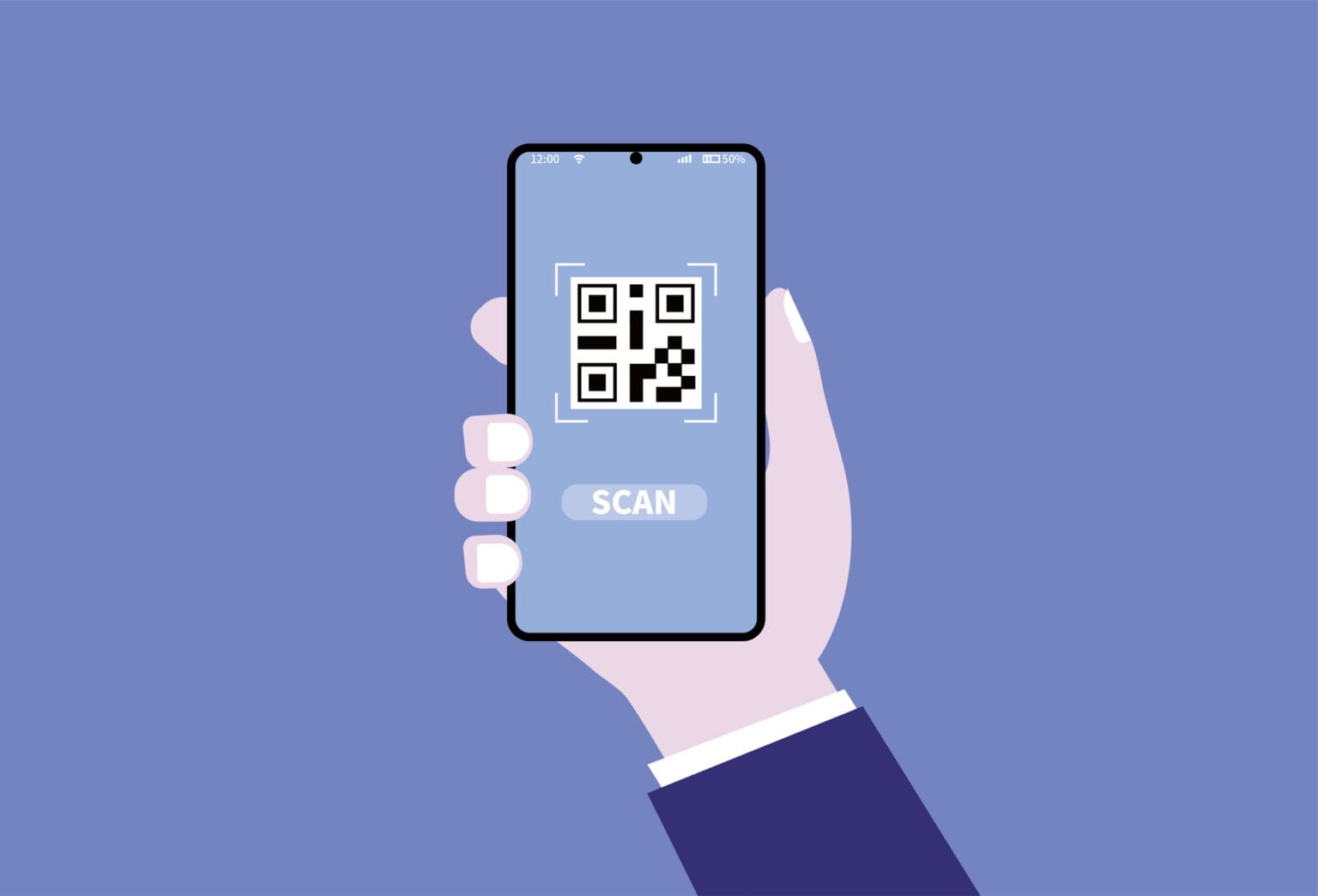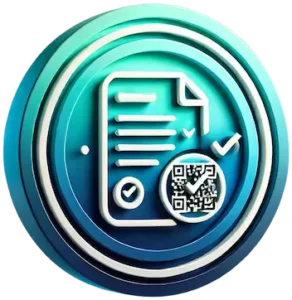The pharmaceutical landscape in the United Kingdom is shifting rapidly, and it’s actually quite exciting to see how ‘digital’ is increasingly becoming more integral to how pharmaceutical organisations share product and prescribing information with healthcare professionals. Earlier this year, the Association of the British Pharmaceutical Industry (ABPI) updated Clause 12 of their Code of Practice, officially giving the green light to Quick Response (QR) codes in promotional materials. This isn’t just a boring compliance tweak – it’s quite a game-changer. Think about it: a simple scan can now provide instant access to vital information. Let’s dive into why this matters, how it benefits everyone involved, and how you can make the most of this new opportunity.
Understanding the ABPI QR Code Update
The ABPI Code of Practice has long been the backbone of ethical promotion in the UK pharmaceutical landscape, but this recent update breathes some fresh, modern air into it. QR codes are now officially part of our promotional toolkit, and here’s how they fit in:
- Printed Materials: You can now add a clear, prominent QR code to your printed prescribing information materials – brochures, leaflets, posters, you name it. Just make sure you include a simple message like “Scan this QR code for prescribing information.” Easy, right? It’s a small addition that makes a big difference.
- Digital Materials Accessed by Recipients: If you’re sharing information digitally, think emails or website, the prescribing information should either be right there in the text or easily accessible with one click. Relying solely on a QR code here isn’t sufficient; we want to make things as simple and straightforward as possible for our readers.
- Digital Materials Presented In Person: When it comes to face-to-face presentations, QR codes are super handy. Make sure they’re big, visible, and ready to be scanned without a hitch. There’s nothing more frustrating than fumbling with a tiny, unscannable code while trying to make a good impression.
Why QR Codes Matter for the Pharma Industry
Imagine you’re a healthcare professional sitting in your office after a busy clinic. You have a mountain of materials to go through, but instead of flipping through pages of prescribing information, all you need to do is scan a QR code on a leaflet. Bam, everything you need appears instantly on your screen. That’s convenience. That’s efficiency.
For pharmaceutical companies, this new way of sharing information isn’t just about keeping up with the times it’s about making sure HCPs have access to the right information exactly when they need it. The ABPI’s update is a step towards bridging the gap between traditional paper-based promotions and the tech-savvy future of healthcare.
Let’s face it, we’re living in a digital-first world. People want instant answers, not cluttered brochures. By integrating QR codes, you’re providing a seamless way to access information, there’s no more digging through pages, no more outdated versions. Just point, scan, and learn. Plus, it’s a great way to save paper and reduce our carbon footprint. It’s a win-win.
Best Practices for Implementing QR Codes
If you’re ready to get started with QR codes (and you should be!), here are some best practices to ensure you do it right – both for compliance and for making the most of this powerful tool.
1. Make Them Obvious and Easy to Use
- Size and Placement Matter: Make sure your QR code is big enough to scan easily and put it where people can actually see it. It sounds simple, but you’d be surprised how often these little details get overlooked. Don’t tuck it away in a corner – give it a prime spot!
- Contrast is Key: Use a dark code on a light background so it’s easy to spot and scan. You don’t want anyone squinting at it, trying to figure out if it’s a piece of abstract art.
2. Guide Your Audience
- Clear Instructions: A simple message like “Scan this QR code to get the full prescribing info” can make all the difference. No one wants to guess what a QR code is for, especially when time is of the essence.
- Alternative Options: Not everyone’s up for scanning QR codes, and that’s okay. Always provide a direct URL so everyone can access the information in a way that suits them best. It’s all about being inclusive.
3. Direct Links Only, Please
- No Intermediate Steps: When someone scans your QR code, it should lead straight to the prescribing information, no extra clicks or pages to navigate through. Think of it as a shortcut, not an obstacle course.
- Mobile-Friendly Design: Let’s be honest, most people will be using their phones to scan these codes, so make sure the landing page works beautifully on mobile. If they have to pinch, zoom, or wait for ages to load, they’re going to lose interest quickly.
4. Keep Information Fresh
- Use Dynamic QR Codes: Dynamic QR codes are brilliant for keeping your content up-to-date without the need to reprint everything. Just update the destination link as needed, it’s easy and cost-effective!
- Regular Reviews: Set a schedule to check the linked content and make sure everything stays compliant and accurate. You don’t want any surprises down the line, like outdated or incorrect information that can lead to compliance headaches.
5. Stick to the Rules
- Include the Essentials: Even if you’re using a QR code, remember to include the product’s legal classification, cost information, and adverse event statements directly on the promotional material. This isn’t just about compliance; it’s about being thorough and transparent.
- Generic Names Too: Don’t forget to put the generic name or active ingredients next to the brand name so there’s no confusion. Transparency builds trust.
6. Test Across Devices
- Scannability Matters: Make sure you test your QR code with a variety of devices and scanning apps to ensure it works across the board. You want to avoid that awkward moment where someone’s struggling to get it to scan.
- User Experience is Everything: Once the QR code is scanned, check that the prescribing information is easy to access and read. A bad user experience is a sure way to lose engagement.
7. Prioritise Privacy and Security
- Secure Connections Only: Make sure the link uses HTTPS to keep everything secure. No one wants their private data floating around unprotected.
- GDPR Compliance: Don’t gather unauthorised data when someone scans a QR code. We all know how crucial GDPR compliance is, so it’s best to stay on the right side of the law.
Why QR Codes Are a Win for Prescribing Information
Adding QR codes to your promotional materials isn’t just a fancy add-on; it offers some real, tangible benefits that can make a big difference to your business and your audience.
1. Enhanced Accessibility
- Instant Access: QR codes give healthcare professionals instant access to the information they need without having to search through piles of documents. Imagine how much easier this makes their jobs, no more digging through stacks of brochures when all they need is one quick scan. Plus they can access this information at any time, on any device, remotely.
- Save Space: Printed materials can only hold so much. With a QR code, you can provide as much information as you like without cluttering your pages or making them look overwhelming. Less is more!
2. Improved Compliance Management
- Quick Updates: Dynamic QR codes let you update the prescribing information on the fly, meaning you don’t need to reprint materials every time there’s a change. It’s a much more efficient way to keep everything current without wasting resources.
- Audit Trails: Digital records of what was updated and when make compliance and audits so much easier to manage. You’ll have a clear trail showing exactly when updates were made.
3. Cost Savings
- Print Less, Save More: By using QR codes, you can reduce the amount of material you need to print, which means lower costs. Plus, your finance team will love you for the savings.
- Greener Practices: Using less paper also helps with sustainability, and let’s be honest that’s something we should all care about. Fewer print runs mean a smaller environmental footprint.
4. Boost Engagement and Gain Insights
- Make It Interactive: QR codes turn your materials into an interactive experience, which is much more engaging for HCPs. It’s one thing to hand someone a leaflet, but when they can scan it and interact with the information, it makes the whole experience more memorable.
- Data Insights: Tracking scans can provide valuable data and insights into what’s working and where your audience is engaging, helping to shape future strategies. Knowing what grabs your audience’s attention helps you do more of what works.
5. Consistency and Reliability
- Centralised Information: QR codes ensure that everyone’s getting the same, up-to-date information, no matter where they are. No more worries about different versions of documents floating around.
- Minimise Errors: When prescribing information is updated centrally, you minimise the risk of outdated or incorrect details being distributed. This is especially important in a sector where the stakes are so high.
Implementing QR Codes: A Strategic Approach
If you’re ready to jump on the QR code bandwagon, here’s how to make it happen smoothly:
1. Collaboration is Key
Get regulatory affairs, marketing, and IT all on board from day one. It’s much easier to implement these changes when everyone’s on the same page and can work together to solve any hiccups along the way.
2. Design with the End-User in Mind
Ensure the landing pages are user-friendly and clear, especially on mobile. Your QR code should match your brand, but never at the expense of functionality. Think of it from the healthcare professional’s perspective, make it as easy as possible for them to get what they need.
3. Monitor and Optimise
Track how well the QR codes are performing, gather feedback, and continually refine your approach. It’s all about learning and improving over time. If something isn’t working, don’t be afraid to tweak it until it does.
Case Example: A QR Code Success Story
One of our pharmaceutical clients recently rolled out QR codes across their printed materials for a new medication launch. By linking the QR code directly to prescribing information on a secure, mobile-optimised webpage, they saw some fantastic results:
- Increased Engagement: Healthcare professionals loved having instant access to the information they needed without having to dig through pages of printed text. It made their jobs easier and saved them time.
- Simplified Compliance: Updating prescribing information became less of a headache – no more reprinting every time a minor change was needed. It saved time, money, and a lot of hassle.
- Valuable Insights: Analytics revealed high engagement rates, which gave their marketing team some solid direction for future campaigns. They could see exactly what worked and use that insight to improve their strategy.
Closing Thoughts
The ABPI’s update on QR codes provides a great opportunity for pharmaceutical companies to bring their promotional materials into the digital age. By embracing QR codes and sticking to best practices, you’ll be able to provide better access to information, save on costs, and stay compliant, while also gathering valuable insights to drive future decisions.
How can we help?
If you’re ready to take the leap and integrate QR codes into your regulatory strategy, we’re here to help. At Genetic Digital we specialise in digital development and software solutions including QR code development projects tailored for the pharma industry.
Pi 360 – Digital PI & QR Code Tool
Pi 360 is a customisable web application that we have developed that automates the creation, updating and distribution of compliant digital PI, including permanent QR codes and real-time SmPC updates.
Contact us today to discuss how we can make digital PI and QR codes work for your pharmaceutical business.


